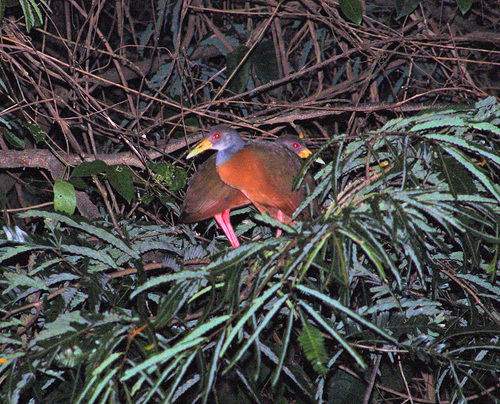9 ฐานเรียนรู้
ความรู้ที่น่าสนใจ (Documents on web)
ติดต่อเรา
มูลนิธิกสิกรรมธรรมชาติ
เลขที่ ๑๑๔ ซอย บี ๑๒ หมู่บ้านสัมมากร สะพานสูง กรุงเทพฯ ๑๐๒๔๐
สำนักงาน ๐๒-๗๒๙๔๔๕๖ (แผนที่)
ศูนย์กสิกรรมธรรมชาติ มาบเอื้อง 038-198643 (แผนที่)
User login
ลิงค์เครือข่าย
Type two Diabetes - Light Brightness Affects blood Sugar along with Fat Levels
Based on the Journal of Biological Rhythms, April 2017, the amount of light we come across in the morning can affect the blood glucose levels of ours and body fat levels. Scientists at the University of Amsterdam as well as many other research institutions in the Netherlands compared Type two diabetic men with non-diabetic males subjected to either dim or perhaps light that is brilliant at 0730. Eight lean, healthy men and eight men who was diagnosed with Type 2 diabetes were exposed to both 4000 lux or maybe ten lux of light for an hour. Each participant was given a 600 calorie breakfast.
In the non diabetic males, a brilliant light didn't affect the blood sugar of theirs before or even after breakfast, though it did raise their blood fats before and after the meal. The males with Type two diabetes showed a growth in their blood sugar levels before and after breakfast when they were exposed to bright light. Bright light did not affect blood fat levels in the diabetic men before breakfast although it did raise these levels afterward. From these results, the investigators concluded the outcome of light needs to be further researched in the interest of diagnosis and avoidance of Type two diabetes as well as high blood fats.
The males with Type two diabetes showed a growth in their blood sugar levels before and after breakfast when they were exposed to bright light. Bright light did not affect blood fat levels in the diabetic men before breakfast although it did raise these levels afterward. From these results, the investigators concluded the outcome of light needs to be further researched in the interest of diagnosis and avoidance of Type two diabetes as well as high blood fats.
Lux is a measure of light brightness. A good example is 3.4 lux at twilight or perhaps 20 to 50 lux in a lighted public area flanked by darkness. An overcast day will have 1000 lux, while full daylight will have between 10,000 as well as 25,000 lux. Perhaps eating breakfast indoors with a dim light would help control blood sugar levels.
Human beings are diurnal, which means we are awake in the daytime, gluco trust supplement [just click the next web site] rather than nocturnal wildlife which remain awake when it's dark. When light enters our eyes, photoreceptors signal the brain it is early morning as well as time to wake up. This is part of our circadian, or 24-hour rhythm. It includes...
- rickyh4266244483628's blog
- Login or register to post comments























